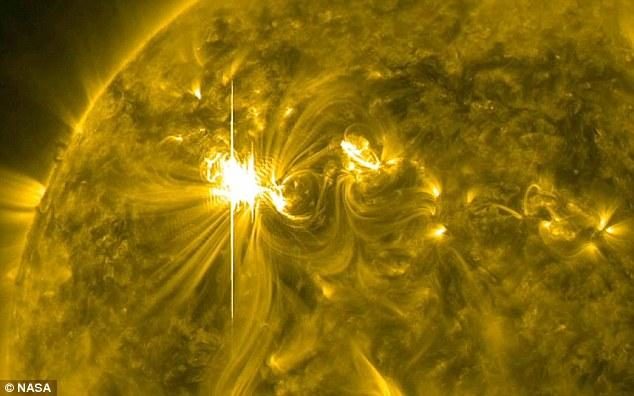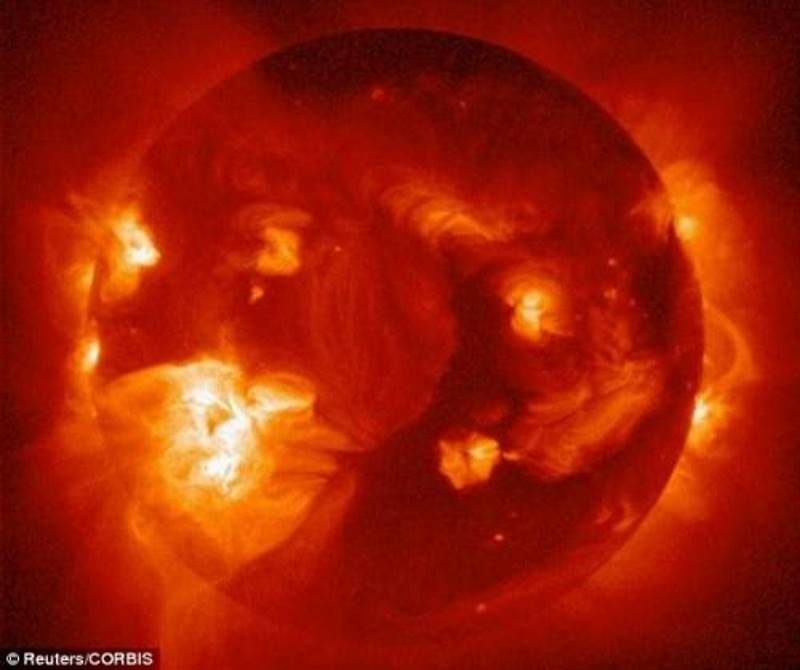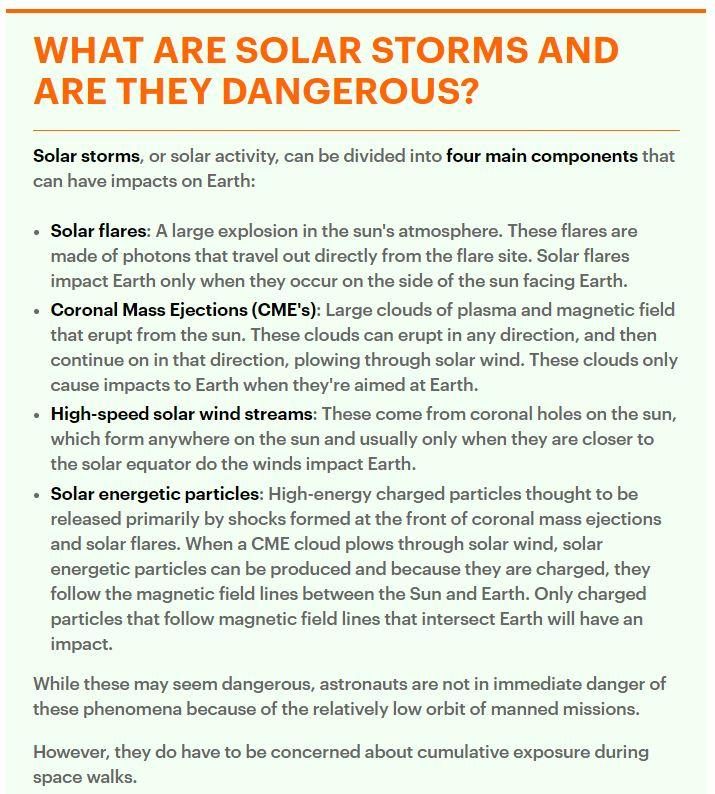The X-class flare was the first of two, according to NASA. It is the largest in 2018, as well as one of the largest in the sun's current cycle known as the solar minimum which began in 2007. The arrival of the storm could leave commercial flights and GPS systems vulnerable to disruption - however the storm is currently considered a G-1, or "minor geomagnetic storm," which could become more serious depending on how the charged particles hit the earth.
Below is a visualization of a Coronal Mass Ejection (CME)
The storm also coincides with the formation of "equinox cracks" in the Earth's magnetic field - which typically occur around the March 20 and September 23 equinoxes every year.
This is called the the "Russell-McPherron effect," named after the researchers who first explained it. The cracks are opened by the solar wind itself. South-pointing magnetic fields inside the solar wind oppose Earth's north-pointing magnetic field. The two, N vs. S, partially cancel one another, weakening our planet's magnetic defenses. This cancellation can happen at any time of year, but it happens with greatest effect around the equinoxes. Indeed, a 75-year study shows that March is the most geomagnetically active month of the year, followed closely by September-October-a direct result of "equinox cracks." -Spaceweatherarchive.comNASA and European spacecraft have detected these cracks for several years.
"We used to think the connection was permanent and that solar wind could trickle into the near-Earth environment anytime the wind was active," said David Sibeck of the Goddard Space Flight Center in 2008. "We were wrong. The connections are not steady at all. They are often brief,






NO SOLAR STORM COMING / Nonsense news march.14.2018
Maybe next time?